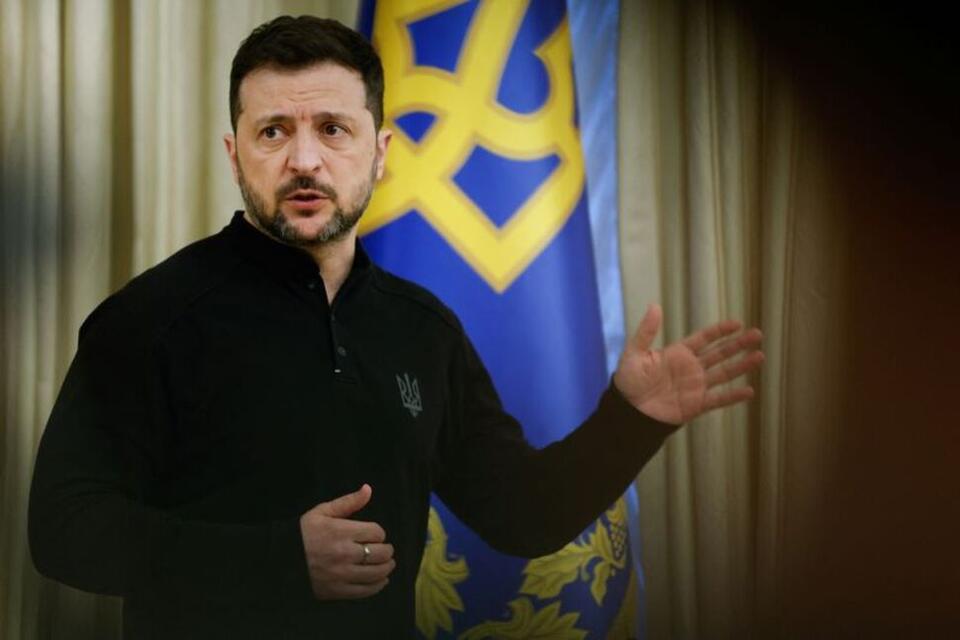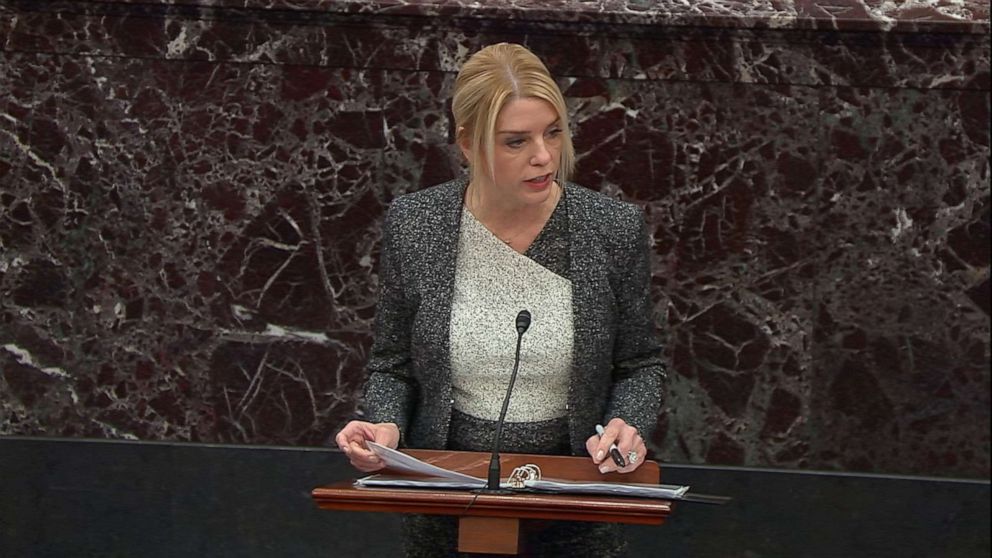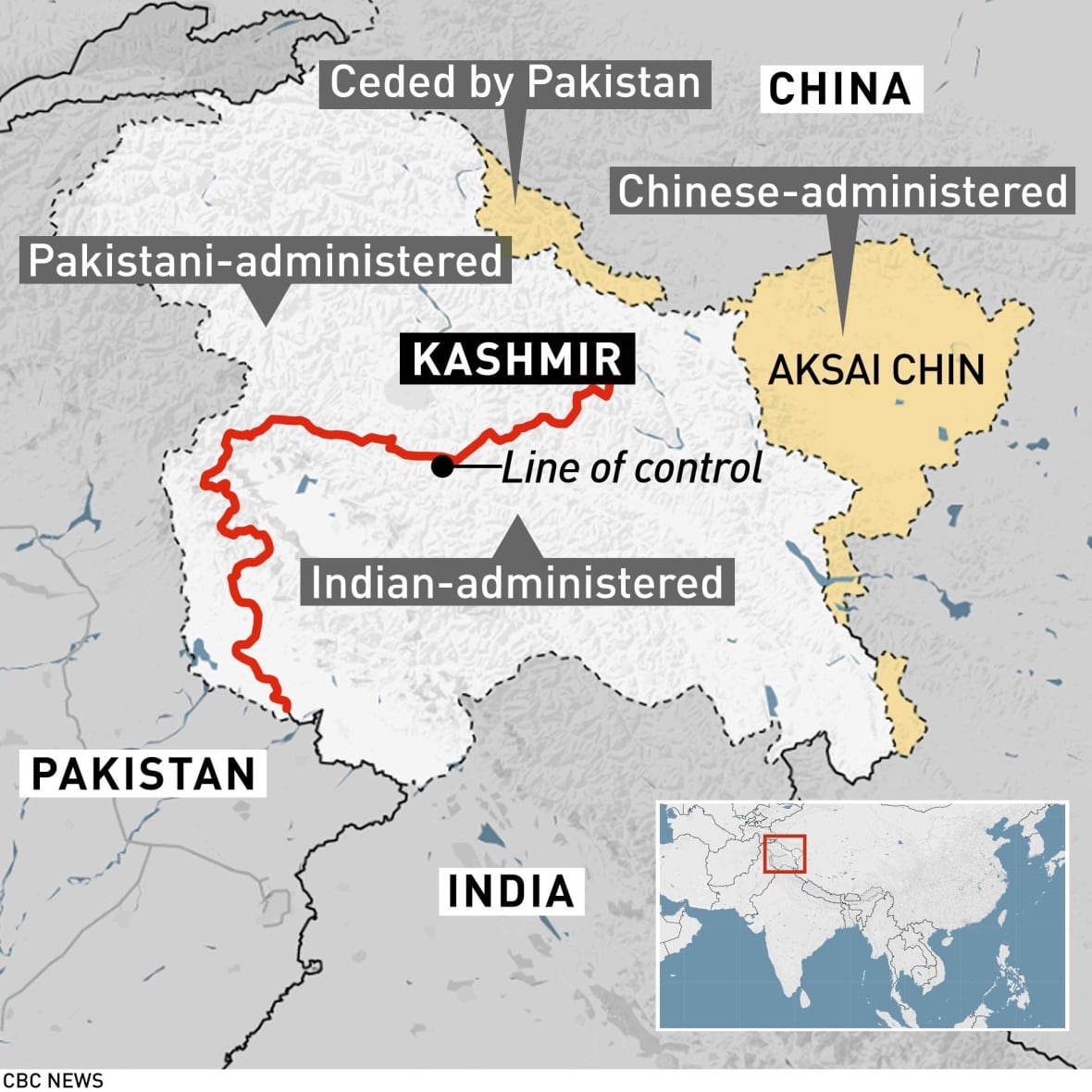Putin's Ceasefire Declaration: Analysis And Implications

Table of Contents
The Terms of Putin's Ceasefire and Their Feasibility
The specifics of Putin's announced ceasefire, declared for Orthodox Christmas, are crucial to understanding its potential impact. The limitations inherent within the terms significantly impact the ceasefire's feasibility.
- Specific dates and times of the ceasefire: The ceasefire, initially announced for a 36-hour period, covered a specific timeframe around Orthodox Christmas. This limited duration raises questions about its sincerity as a genuine peace initiative.
- Geographic limitations of the ceasefire: The geographic scope of the ceasefire remains unclear, raising concerns about its enforcement and effectiveness. Reports suggest it may not apply to all active conflict zones.
- Exclusions from the ceasefire: Crucially, the ceasefire likely excludes ongoing shelling and specific military operations, suggesting a potential for continued conflict and strategic advantages for one side. The ambiguous nature of these exclusions casts doubt on the ceasefire's ability to truly halt hostilities.
The feasibility of this ceasefire is highly questionable, considering the ongoing intensity of the conflict and the deeply entrenched positions of both Russia and Ukraine. Given the history of broken promises and continued aggression, achieving genuine adherence from both sides appears unlikely without significant further concessions and a demonstrable commitment to peace from all parties involved. The success of the Putin ceasefire hinges on more than just a temporary halt to fighting; it requires a broader commitment to de-escalation and meaningful negotiations. The Putin ceasefire terms, therefore, must be viewed with a high degree of skepticism.
Russia's Strategic Objectives Behind the Ceasefire
Putin's motivations behind the ceasefire announcement are multifaceted and likely driven by a combination of factors, rather than a genuine desire for lasting peace. Analyzing these objectives sheds light on the strategic calculation underpinning the declaration.
- Potential for regrouping and resupply of Russian forces: A temporary ceasefire could provide a valuable window for Russia to regroup its forces, resupply depleted ammunition, and reposition for renewed offensives.
- Opportunity to improve Russia's international image: The ceasefire, however limited, offers Russia an opportunity to present itself as being open to peace, potentially improving its image on the world stage. This image-building exercise is a critical part of Russia's information warfare strategy.
- Pressure tactic against Ukraine and its allies: The ceasefire could serve as a pressure tactic, forcing Ukraine into a position of weakness and potentially causing dissent among its allies regarding continued military support.
- Exploitation of Orthodox Christmas celebrations for propaganda purposes: Timing the ceasefire with Orthodox Christmas allows Russia to exploit religious sentiments for propaganda purposes, portraying themselves as respecting religious traditions while masking their underlying military objectives.
The short-term gain for Russia could be a period of consolidation and strategic repositioning. However, the long-term implications remain uncertain and heavily dependent on the reaction of both Ukraine and the international community. Ultimately, the true objectives behind the Putin motives remain a subject of intense debate and scrutiny.
Ukraine's Response and the International Community's Reaction
Ukraine's response to Putin's ceasefire declaration has been deeply skeptical, with officials dismissing it as a propaganda maneuver. This skepticism underscores the lack of trust between the two sides.
- Statements made by Ukrainian officials: Ukrainian officials have consistently rejected the ceasefire as insufficient and insincere, pointing to Russia's history of violating ceasefires and continued attacks on civilian infrastructure.
- Analysis of Ukraine’s position on the ceasefire terms: Ukraine's position centers on the complete withdrawal of Russian forces from Ukrainian territory as a precondition for any lasting peace.
- Reactions from key allies such as the U.S., EU, and NATO: Ukraine's Western allies have expressed similar skepticism, viewing the ceasefire with caution and emphasizing the need for a genuine commitment to peace from Russia, including the withdrawal of its forces.
The broader international response underlines the deep distrust towards Russia's actions. The lack of a unified international endorsement of the ceasefire highlights its limited impact on larger diplomatic efforts. The NATO stance and EU position remain firmly committed to supporting Ukraine's sovereignty and territorial integrity.
Potential Consequences and Future Outlook
The consequences of Putin's ceasefire declaration remain uncertain, depending heavily on the actions of all parties involved. Both positive and negative outcomes are plausible.
- Impact on the humanitarian situation: A temporary reduction in fighting could offer a limited window for humanitarian aid delivery, alleviating some suffering.
- Potential for renewed escalation of conflict after the ceasefire: The ceasefire's short duration and ambiguous terms increase the risk of renewed fighting immediately afterward, potentially leading to an even more intense conflict.
- Influence on future peace negotiations: The ceasefire, while potentially facilitating future discussions, could also harden positions if viewed as a tactical maneuver rather than a genuine peace initiative.
- Shift in global political landscape: The international response to the ceasefire, and its ultimate impact, could significantly shift the global political landscape and influence the future trajectory of the conflict.
The future outlook remains highly uncertain. Potential scenarios range from a short-lived lull in fighting to a renewed escalation, with the potential for a prolonged and devastating conflict. Careful monitoring and analysis of the situation are crucial.
Conclusion
Putin's ceasefire declaration, while presented as a gesture towards peace, is fraught with complexities and ambiguities. Its limited duration, ambiguous terms, and the deep mistrust between the involved parties cast significant doubt on its effectiveness as a genuine peace initiative. Russia's strategic objectives likely extend beyond a simple cessation of hostilities, suggesting a potential for exploitation of the situation for military advantage and propaganda purposes. Ukraine's rejection and the cautious response from the international community underscore the skepticism surrounding the declaration. The potential for renewed conflict after this temporary lull remains high. To understand the true implications of Putin's ceasefire declaration, continued vigilance and in-depth analysis of the evolving situation are essential. We must remain informed about further developments related to Putin's ceasefire declaration and its far-reaching impact on the conflict in Ukraine. Continue researching this crucial topic to foster informed discussion and critical analysis of this complex geopolitical situation.

Featured Posts
-
 Dakota Johnson Ir Kraujingos Plintos Nuotraukos Visa Tiesa
May 10, 2025
Dakota Johnson Ir Kraujingos Plintos Nuotraukos Visa Tiesa
May 10, 2025 -
 Epstein Records Concealment Allegation Senate Democrats Target Pam Bondi
May 10, 2025
Epstein Records Concealment Allegation Senate Democrats Target Pam Bondi
May 10, 2025 -
 Imf Review Of Pakistans 1 3 Billion Package Tensions With India And Other News
May 10, 2025
Imf Review Of Pakistans 1 3 Billion Package Tensions With India And Other News
May 10, 2025 -
 Uncovering Morgans Weakness Exploring A Theory About Davids Potential
May 10, 2025
Uncovering Morgans Weakness Exploring A Theory About Davids Potential
May 10, 2025 -
 Expected Announcement Trump And Britain Reach Trade Deal
May 10, 2025
Expected Announcement Trump And Britain Reach Trade Deal
May 10, 2025
